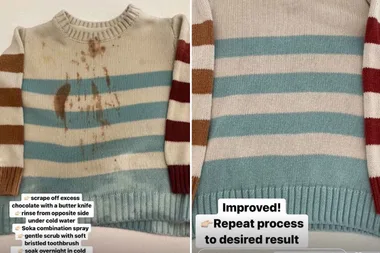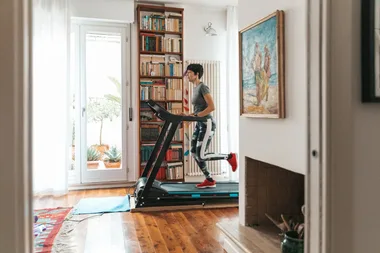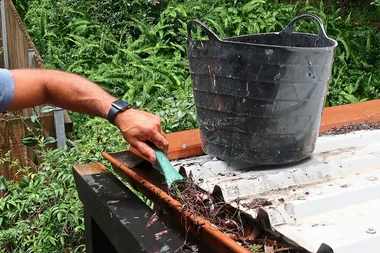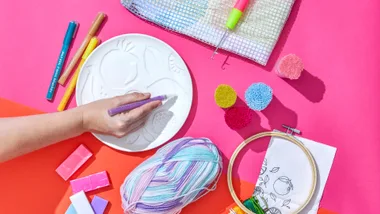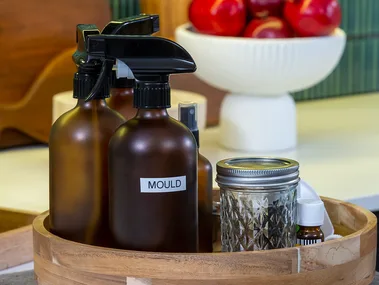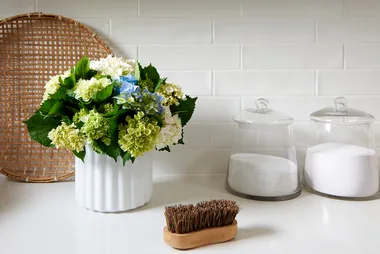Mould happens! And despite your best efforts, the signs of the fungi can appear virtually everywhere.
WATCH: Adam and Melissa clean up a courtyard for entertaining
Mould has the potential to ruin any surface it lands on and when it comes to facing this fuzzy fungus, prevention is key, yet even if you keep your home well-ventilated, mould can still sneak up on you.
Being microscopic and hard-to-kill, means you’ll need to use a lot of elbow grease. But don’t be deterred from the hard-work required, ignoring mould is the more harmful alternative as it can inducing allergies and flu-like symptoms, or potentially lead to infection.
Keep on top of mould with these top removal tips from common household areas.
When to call in a mould specialist?
If the mouldy area is about 1 metre square and someone in your home is asthmatic or has a weak immune system, it may be better to get in a professional.
What products do you need to remove mould?
If you plan to remove mould on your own be sure to suit up in protective gear including gloves, P1 or P2 face mask, eye protection, and suitable footwear. Don’t dry brush the mould as this can flick spores into the air which are likely to be breathed in.
When it comes to cleaning products, avoid harsh chemicals like bleach as they can be an ineffective method. While using bleach will cover the black mould giving the illusion of a mould-free surface, its likely the stains will reappear within a few weeks.

How to remove mould stains
From fabric
To remove mould stain from clothing, mix one cup of white vinegar in a bucket of water and pre-soak for one hour before washing as normal using a hot temperature. Anything that has been mouldy for several weeks may need to be disposed of.
From ceiling and walls
Mould can make a sneaky appearance on walls behind furniture that often go overlooked, so be sure to check uncommon areas regularly.
Mould expert Dr Leigh Winsor told the ABC the best way to get rid of mould on walls and ceilings is with a good scrub of a vinegar or alcohol solution. He recommends eight parts vinegar to two parts water in a spray bottle and a microfibre cloth. Spray the mix directly onto the mould and leave for a few minutes, before wiping the solution off. Other natural mould removers you can use instead of vinegar include bicarbonate soda, tea tree oil and vodka.
From household appliances
There are plenty of appliances in the home like coffee machines, fridges and washing machines, that create moisture making them mould hot-spots. If you spot any sneaky mould on any one of these appliances, pull out your vinegar and water spray and give it thorough wipe down. However the washing machine may require a little extra work.
When dealing with a mouldy washer, the best course of action is to run a hot cycle through the machine with a cup of bleach or vinegar on the longest wash duration. Make this a regular thing to prevent mould growth. Don’t forget to wipe down the seal and clean the detergent dispenser which should be removed and soaked in hot water and vinegar regularly.
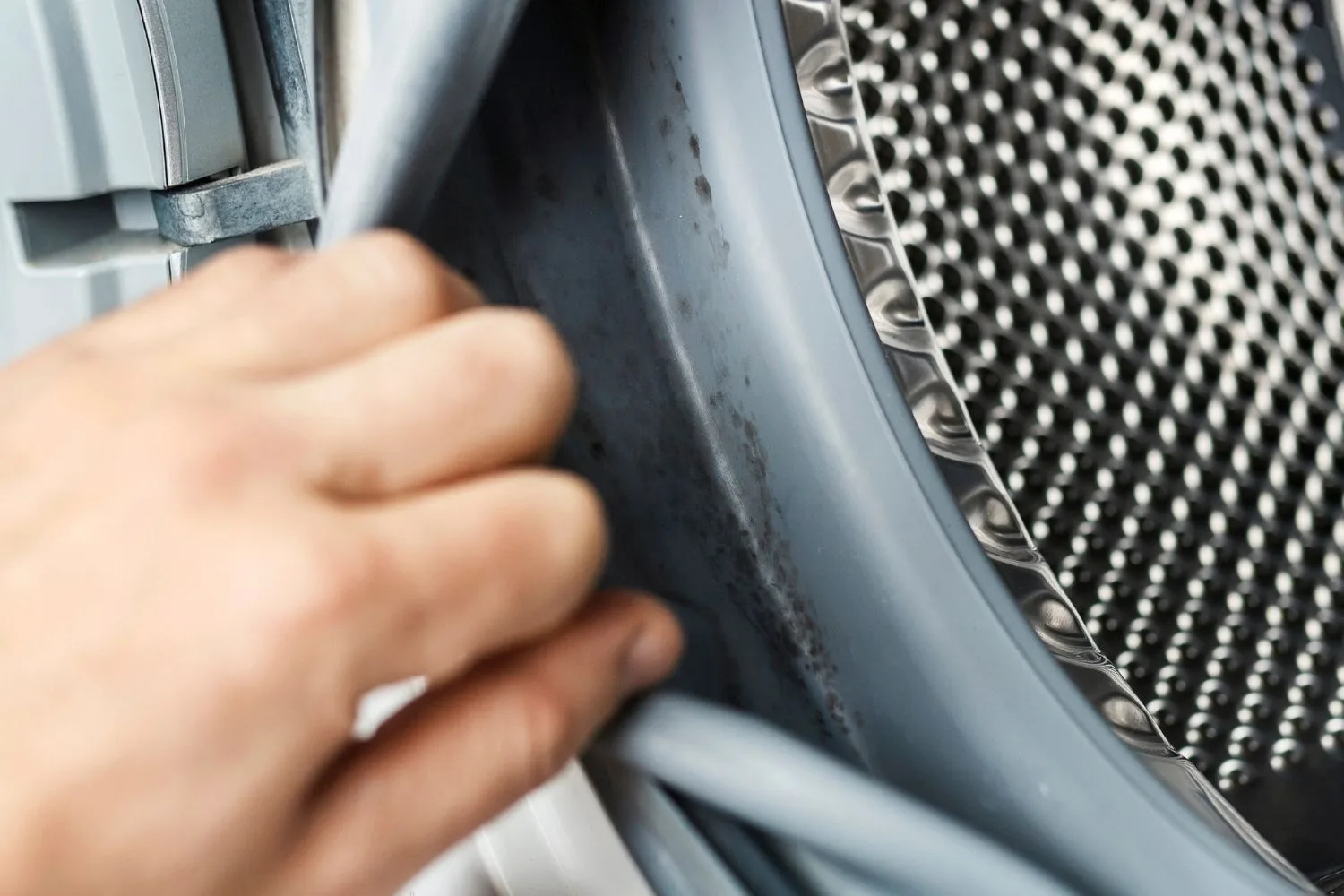
From carpet
To clean mould out of carpet, you’ll need to vacuum it up. Always be sure to use a vacuum with a HEPA (high efficiency particulate air) filter which can trap very small particles, unlike other models which would recirculate them into the air. Then spray the area with a fungicide and dab any remaining marks with a disinfectant and sponge using warm water.
From leather
Mould on leather shoes, coats, and furniture should be taken outside and wiped down with a cloth dipped in distilled white vinegar. Once this first layer is complete, go in with a leather soap and warm water. Be sure to properly dry the item completely and treat with a leather conditioner.
You might also like:
8 best ways to dry your clothes quickly
Cleaning vinegar: using vinegar to clean your home
Three of the best natural mould removers
